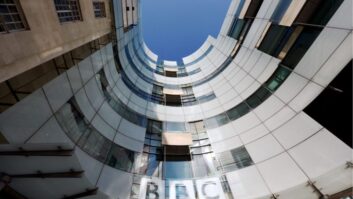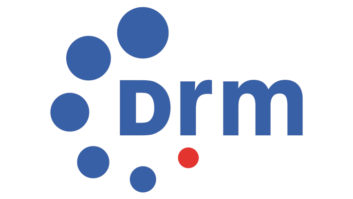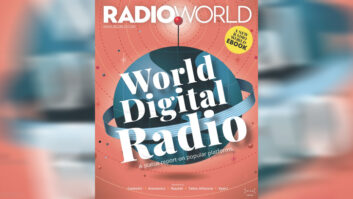OSLO — During the “Radioens Digitale Sprang” (Radio’s Digital Leap”) conference, held June 11 in Oslo, the mood matched the weather: bright and sunny.
In April, the Norwegian government announced a plan to switch off FM and move radio to digital. DAB+ is to be the primary platform.
By the end of 2017, all of Norway’s larger radio stations — accounting for more than 95 percent of listening — will no longer be available on analog FM. Although some 200 local stations, mainly located in the country’s rural areas, will remain on FM for at least five more years, both to avoid extra costs on the stations and to guarantee regional content.
The conference, which was organized by industry association Digitalradio Norge and also streamed online, offered an opportunity for industry players to explain Norway’s position to the world, and for the Norwegians to learn about digital radio in other countries.


Svein Harberg, the chairman of the Norwegian Government’s
Cultural Committee, emphasized progress and keeping radio fit
for future listeners. Photo courtesy Digitalradio Norge
Opening the event, Svein Harberg, the chairman of the Norwegian Government’s Cultural Committee, acknowledged the change in Norway’s media landscape, and that there was plenty of debate surrounding the switchover.
“Everyone who is against [the digital radio switchover] thinks that tomorrow, everything will be like yesterday. It won’t be. Nothing is like it was before,” said Harberg. He added that FM alone was unable to offer the kind of diversity listeners wanted.
The CEO of private radio operator SBS Radio Norge, Lasse Kokvik, didn’t want to use the phrase “switch off.” “We are not shutting down FM,” he said. ”We are opening up radio.” He launched a new easy-listening relaxing music radio station, Radio Soft, at the conference.
Ole Jørgen Torvmark, the Digitalradio Norge CEO, outlined a change of marketing emphasis now that the timetable to move to a wholly digital future had been agreed. Marketing for digital radio has been about the “why,” he said, and the organization’s message will now focus on the “how,” with details and plans to allow listeners to make the switch.
The Director of Broadcasting for the public service broadcaster NRK, Thor Gjermund Eriksen, was keen to emphasize that digital radio offered opportunities that could be taken immediately. “We would have undermined radio if we had listened to those who think that 3G or 4G will be sufficient within a few years,” he said. NRK’s P1+ digital station has been responsible for much of the growth of DAB+ in the country.
The digital switchover doesn’t affect every FM station in Norway, and while Øyvind Mangerud, the CEO of the Foreningen Norsk Lokalradio, the Norwegian Association of Local Radio, highlighted the benefits of moving to digital, he also pointed out that support was needed for digital transition for smaller stations. They will have access to the FM spectrum for five further years.
The feeling of celebration at the conference was tangible — and the knowledge that Norway was leading the rest of the world. A long-term project involving politicians and broadcasters had succeeded, and this conference was a chance for those involved to show off.
“We are often criticized, in Norway, for being behind the times. This is not the case for radio,” said Kårstein Eidem Løvaas, a media spokesperson for the Norway’s Conservative Party. “It’s nice to be a politician that actually delivers on a promise,” he added.
James Cridland reports on the radio industry for Radio World from London.







